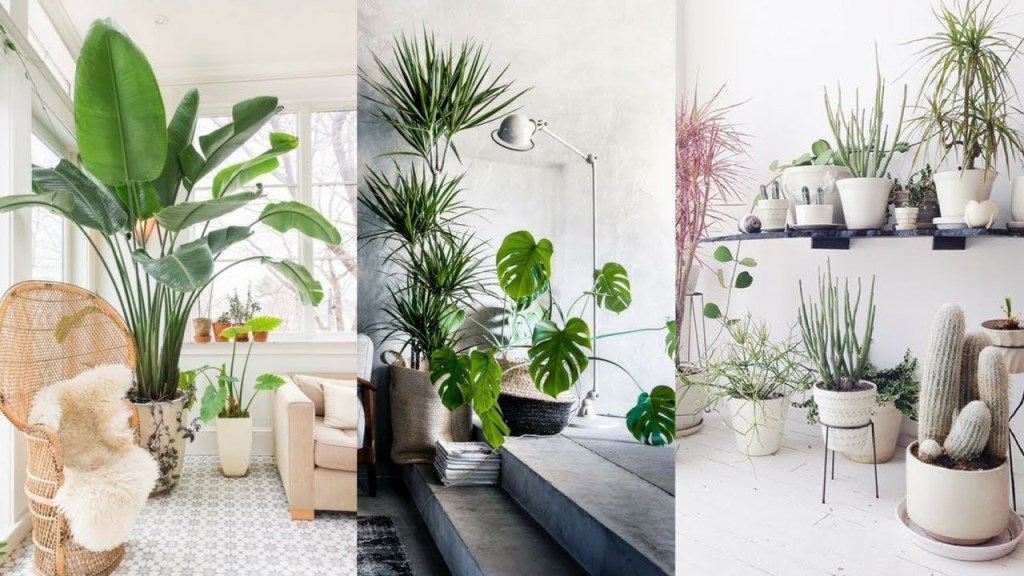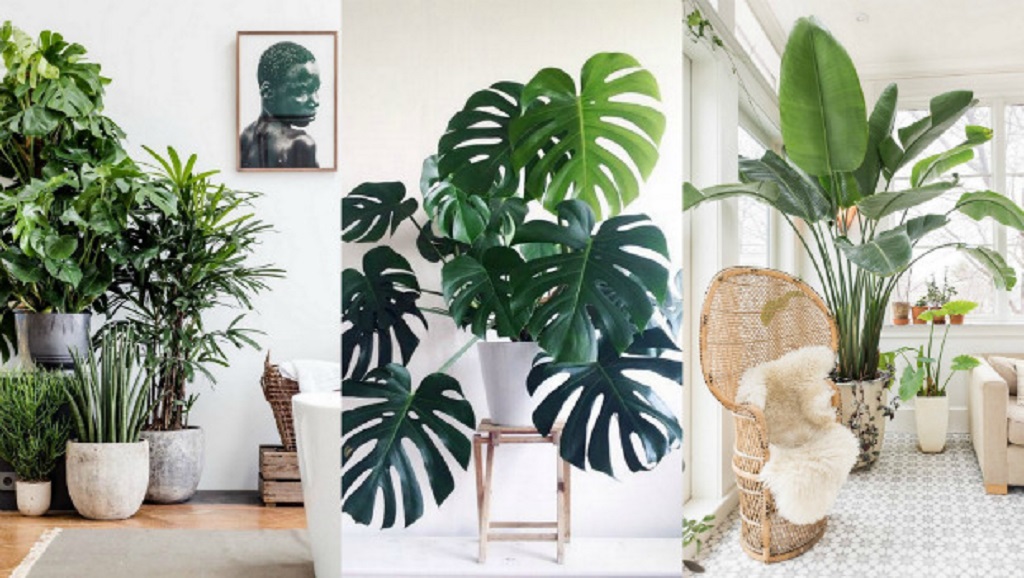Which Tree is Best for Your Living Room? A Guide to Choosing the Perfect Indoor Tree

When it comes to decorating our living spaces, we often focus on furniture, color schemes, and accessories. But have you ever considered adding a tree to your living room? Not only can indoor trees bring a touch of nature indoors, they also provide numerous benefits for our well-being, such as improving air quality, reducing stress, and adding a sense of tranquility. In this article, we will explore the best tree options for your living room, taking into consideration factors such as size, care requirements, and aesthetic appeal. Let’s dive in!
Ficus Audrey (Ficus benghalensis)
The Ficus Audrey, also known as the Banyan Fig, is a popular choice for indoor trees due to its elegant and glossy dark green leaves. It is a low-maintenance tree that can thrive in various light conditions, making it suitable for different areas of your living room. The Ficus Audrey prefers bright, indirect light but can tolerate some shade. It requires moderate watering, allowing the top inch of soil to dry out before watering again. This tree can grow up to 10 feet tall, so make sure you have enough ceiling clearance. With its unique aerial roots and symmetrical growth habit, the Ficus Audrey adds a touch of grandeur to any living room.
Kentia Palm (Howea forsteriana)
If you’re looking for an indoor tree that can thrive in low light conditions, the Kentia Palm is an excellent choice. This palm tree features graceful, arching fronds that add a sense of tranquility and serenity to your space. The Kentia Palm is known for its ability to tolerate low light conditions, making it suitable for rooms with minimal natural light. It requires moderate watering, allowing the top inch of soil to dry out before watering again. The Kentia Palm can grow up to 10-12 feet tall, making it a stunning focal point in any living room. Just imagine relaxing on your sofa, surrounded by the lush green foliage of this majestic indoor tree low light.
Dragon Tree (Dracaena marginata)
The Dragon Tree is a unique and sculptural indoor tree that can add a touch of drama to your living room. It has long, narrow leaves with red or burgundy edges, creating a striking contrast against the green foliage. The Dragon Tree is a resilient plant that can tolerate low light conditions, but it thrives in bright, indirect light. It requires moderate watering, allowing the top inch of soil to dry out before watering again. With its upright growth habit and architectural appeal, the Dragon Tree is perfect for contemporary or minimalist living room styles.
Rubber Plant (Ficus elastica)
The Rubber Plant is a classic indoor tree that has been popular for decades. Its large, shiny leaves create a bold and statement-making presence in any living room. The Rubber Plant can tolerate a wide range of light conditions, from low to bright indirect light. It requires moderate watering, allowing the top inch of soil to dry out before watering again. With proper care, the Rubber Plant can grow up to 8-10 feet tall, so make sure you have enough space. This tree adds a touch of sophistication and elegance to any living room, and its air-purifying qualities make it a healthy choice too.
Weeping Fig (Ficus benjamina)
The Weeping Fig is a classic and versatile indoor tree that can adapt to various living room styles. It has gracefully drooping branches with small, glossy leaves that create a relaxed and natural ambiance. The Weeping Fig prefers bright, indirect light but can tolerate some shade. It requires moderate watering, allowing the top inch of soil to dry out before watering again. With its slender and elegant appearance, the Weeping Fig is a great choice for small to medium-sized living rooms.
FAQs
- Can indoor trees improve air quality in my living room?
Yes, indoor trees are known for their air-purifying qualities. They can remove harmful toxins from the air and increase humidity levels, creating a healthier living environment. - Are indoor trees difficult to care for?
The care requirements of indoor trees vary depending on the species. However, most indoor trees are relatively low-maintenance and can thrive with proper watering, light conditions, and occasional fertilization. - Can indoor trees attract pests?
While it is rare, indoor trees can attract pests such as aphids or spider mites. Regularly inspecting your plants and taking preventive measures, such as wiping the leaves with a damp cloth, can help keep pests at bay. - How do I choose the right-sized indoor tree for my living room?
Consider the available space in your living room and the eventual size of the tree when choosing. Make sure to leave enough clearance for the tree’s height and spread. If you have a smaller living room, opt for compact or slow-growing tree varieties. - Can indoor trees thrive without natural light?
While most indoor trees prefer bright, indirect light, some species can tolerate lower light conditions. If your living room has minimal natural light, opt for tree varieties that are known for their shade tolerance, such as the Kentia Palm or the Snake Plant.
Conclusion
Adding an indoor tree to your living room can transform the space into a lush and refreshing sanctuary. Whether you prefer lush foliage, tropical vibes, or sculptural appeal, there is a tree that suits your style and care preferences. Consider factors such as light conditions, care requirements, and space availability when choosing the perfect indoor tree for your living room. With the right choice, you’ll enjoy numerous benefits that indoor trees bring, from improved air quality to a soothing and calming atmosphere. So go ahead, bring a touch of nature into your living room and create a space that truly connects you with the beauty of the natural world. How old do lemon trees get?









